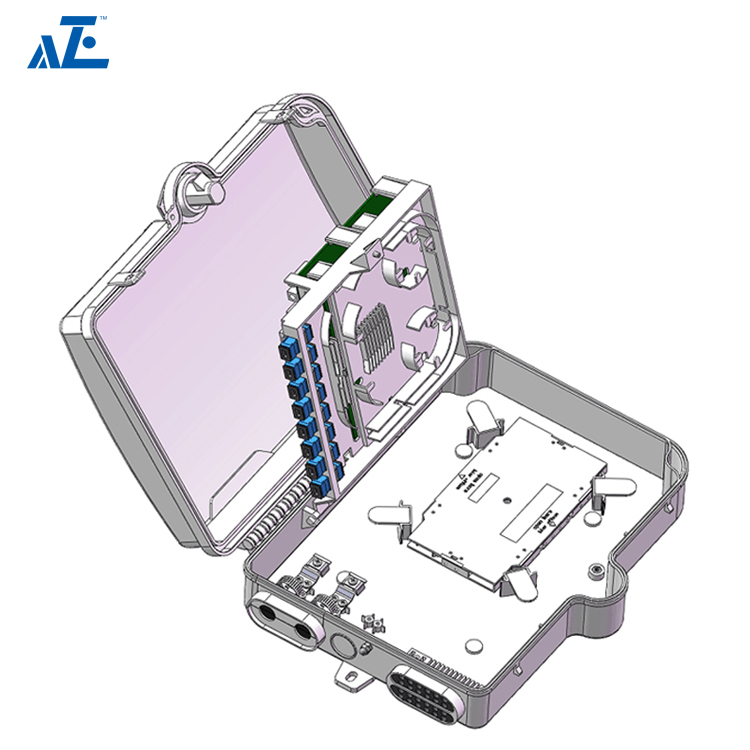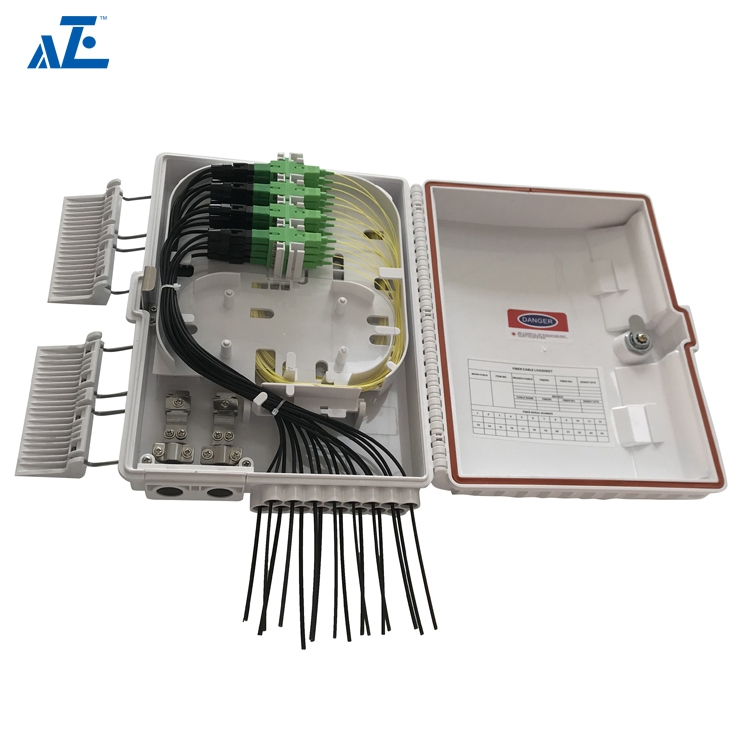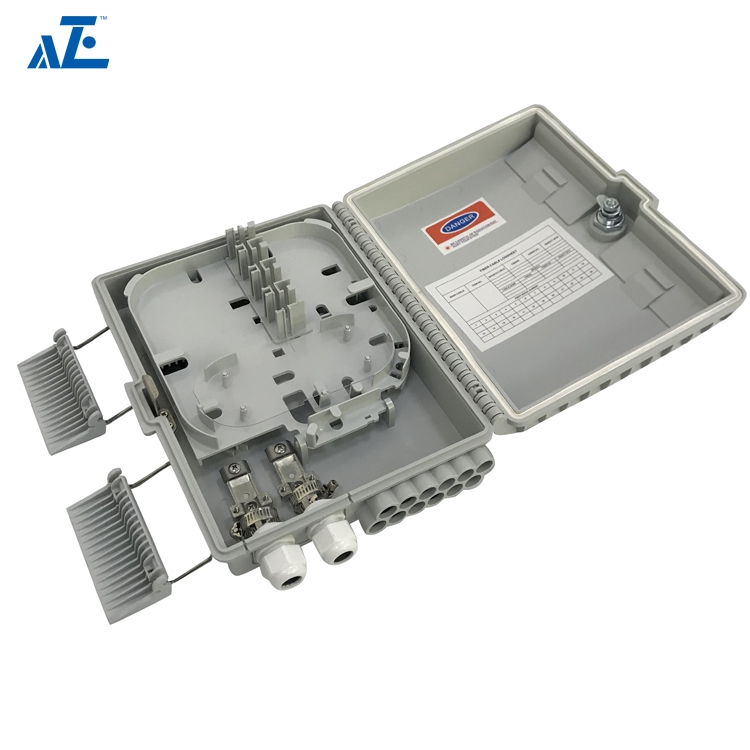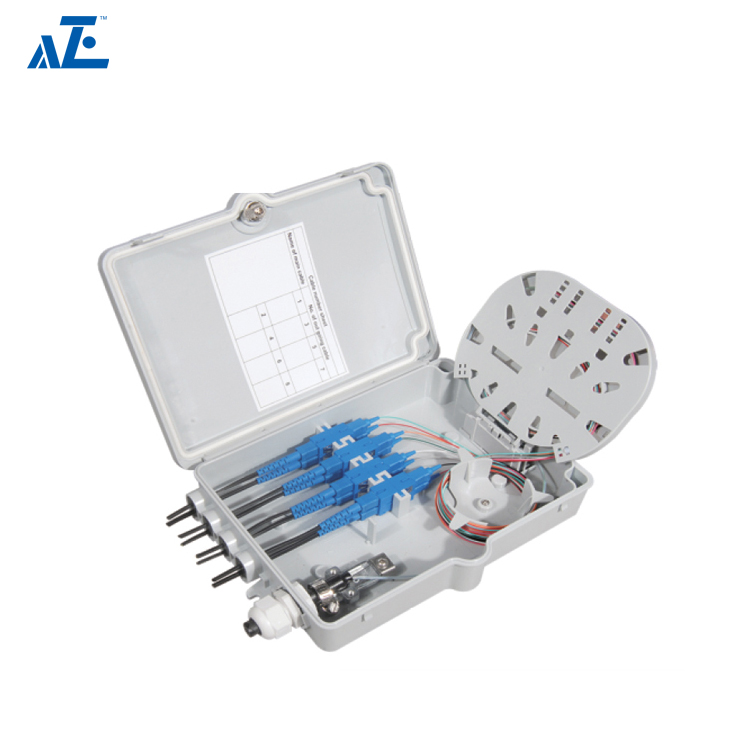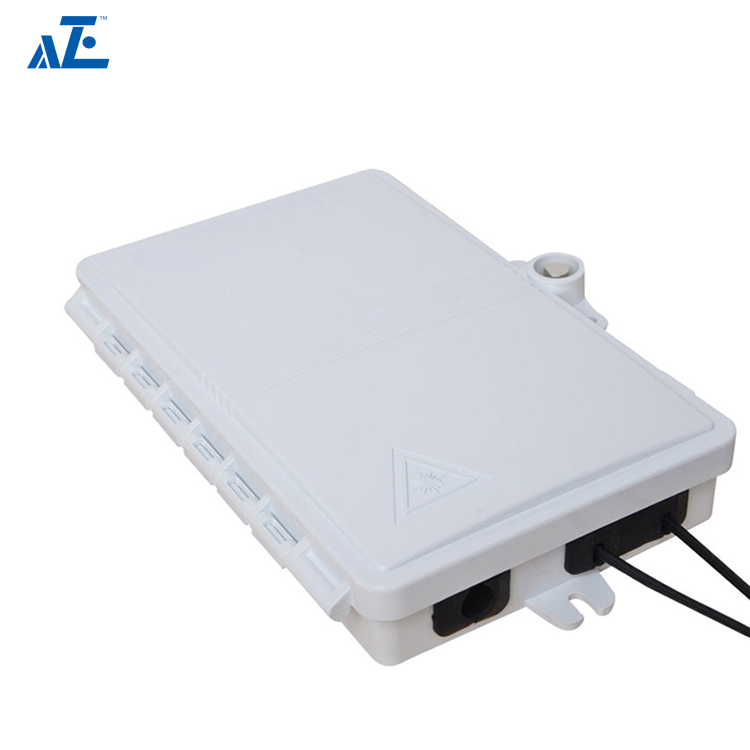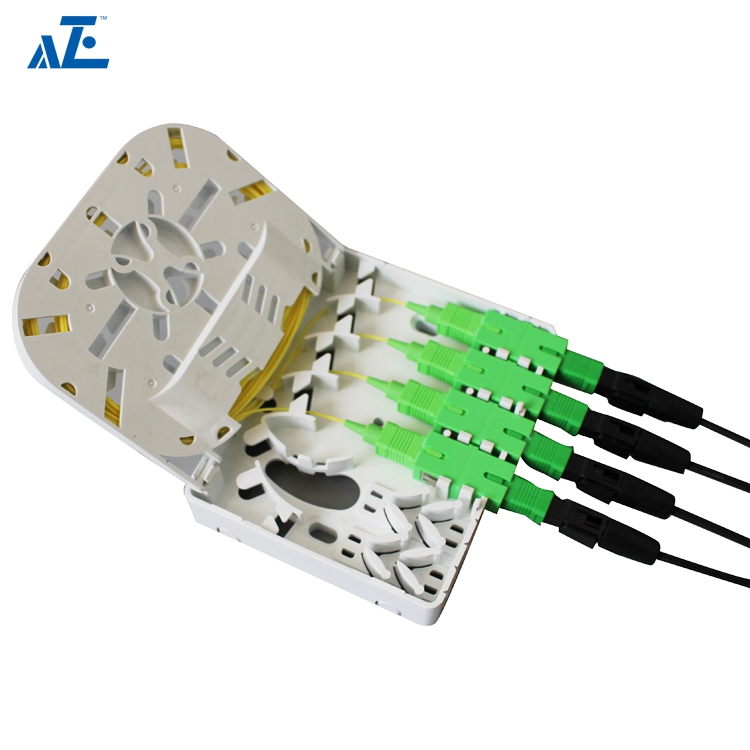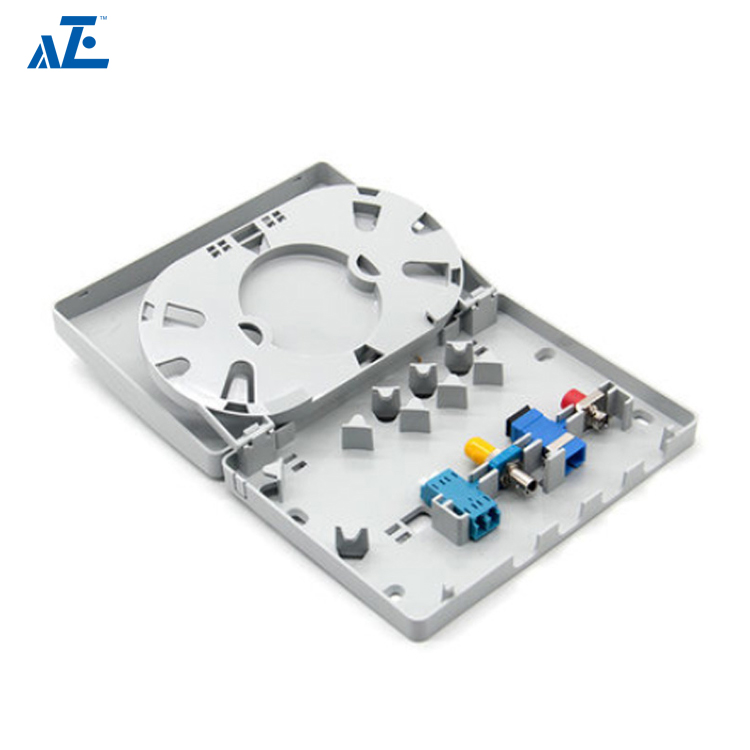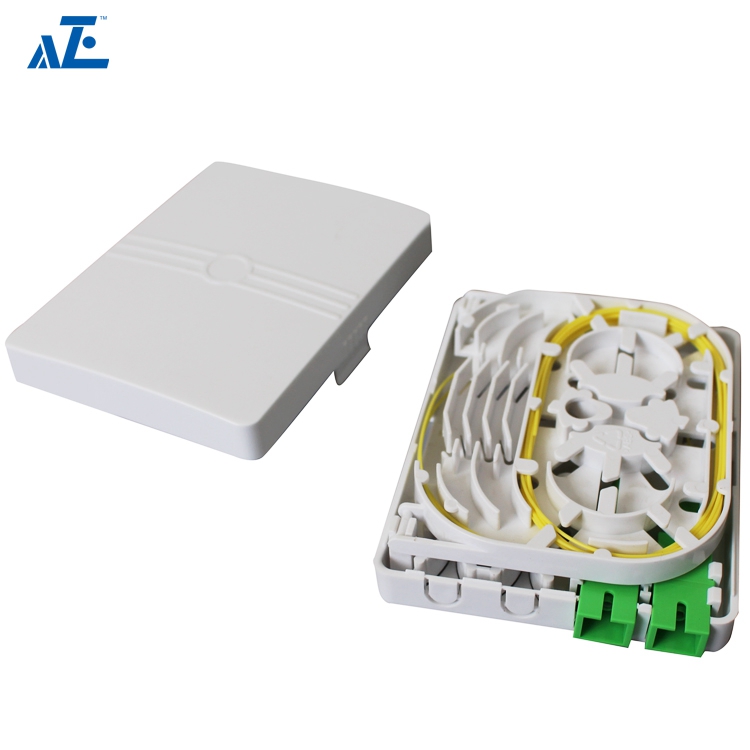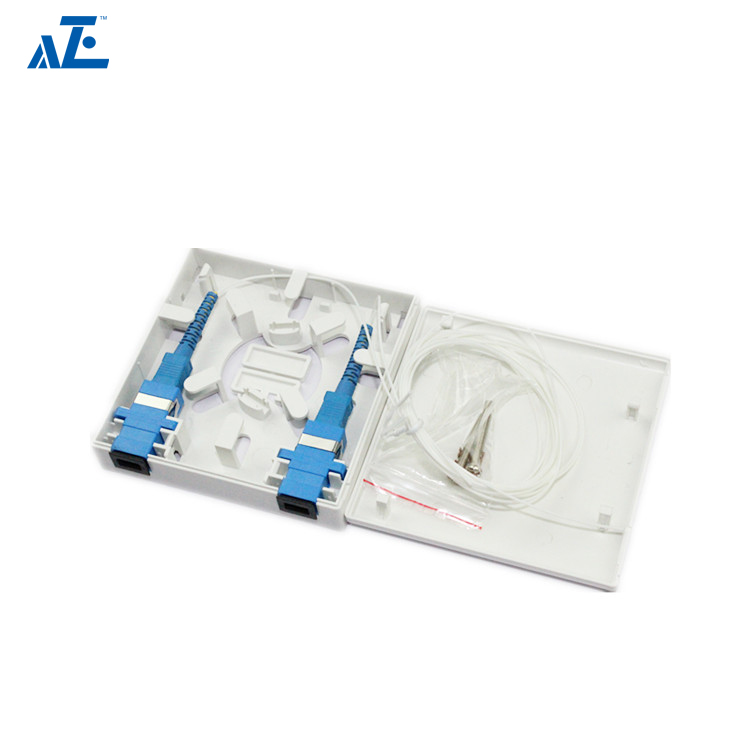FTTX is a general term for various optical fiber communication networks. Fiber to the Home (FTTH) and Fiber to the Building (FTTB)/ Fiber to the Curb (FTTC) are the major types of FTTX.
As communication networks are developing towards all-optical networks, optical access networks will replace the copper wire access networks gradually. The bandwidth of copper wires will face serious challenges in coming years due to the development of high-speed data service and video service, rapid reduction of the fiber construction cost, fierce competition among operators and support of national policy. It is unavoidable for optical cables to replace copper cables, and optical access will enter an era of large-scale application throughout the world. FTTx refers to the access networking mode in which the fiber is used for the access layer network and made close to the user, or even the fiber is connected to the user directly. With the fiber as the transmission medium, the optical access network shows the strengths of large transmission capacity, high transmission quality, high reliability, long transmission distance, and electromagnetic interference resistance. It is the development trend of future fixed broadband access. In recent years, people’s requirements have stridden from pure voice communications to multimedia communications. As the services including IPTV, HDTV, somatic games and digital home spring up, the traditional access mode cannot meet the increasing bandwidth requirements any more.
AZE provides a full FTTx Portfolio (FTTO, FTTH, FTTB + LAN, … FTTCab + xDSL) solution based on physical connection equipment and components of communication networks for communication networking users at home and overseas, and delivers distribution management products in the fiber mode or fiber-copper combined mode from central office to homes or offices.
The Fiber to the X (including FTTB/ FTTC/ FTTH/ FTTN/ FTTP - fiber running all the way to the building/curb, cabinet, home, node, or premises) is a broadband network architecture using optical fiber to provide all or part of the local loop used for last mile telecommunications. The major benefit is to carry a massive amount of data, including video, voice, and big data, at high speeds over long distances. Copper cables used in traditional telephone lines and DSL cannot meet such a requirement.
-
Outdoor fibers: ribbon cables, loose cables, armored cables
-
Indoor fibers: patch cables, distribution cables, breakout cables
-
Fiber optic adapters
-
Fiber optic splitters
We also accept private labeled FTTx Solution to meet customer's brand requirement.

